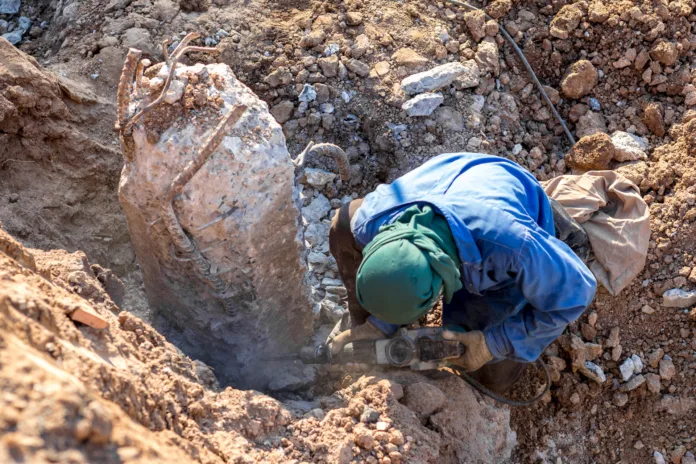Researchers believe they’ve found the oldest known Roman sex toy in UK ruins
A recent excavation near the Roman fort of Vindolanda in Northern England has unveiled an ancient artefact that has left researchers both intrigued and amused. A wooden object, measured at 16cm and shaped phallically, was discovered over 20 years ago in close proximity to various shoes, dress accessories, and craft products.
Initially categorized as a darning device, recent studies and a research paper published in Antiquity suggest that the object is, in fact, an ancient Roman sex toy. The item, believed to be the earliest example of its kind, presents an interesting glimpse into the intimate aspects of daily life during the Roman era.
Embed from Getty ImagesNewcastle University archaeology senior lecturer Rob Collins acknowledged the uniqueness of the find, stating, “I have to confess, part of me thinks it’s kind of self-evident that it is a penis.” The object’s placement in the catalogue initially misclassified it, possibly due to discomfort or disbelief about such items existing in Roman culture.
The researchers presented three theories regarding the potential use of the object. While the first and most straightforward theory suggests its function as a sex toy, Collins points out that ancient Roman and Greek societies also employed similar objects for implements of torture. He highlights the ambiguity in using the term “sex toy” and proposes that it might have been used for clitoral stimulation rather than penetration.
Two alternative theories propose that the wooden phallus could have served as a pestle for crushing medicine or as a symbolic object placed at the entrance of buildings to bring good luck to businesses.
Collins further elaborated on the ambiguity surrounding the artifact, stating, “The size of the phallus and the fact that it was carved from wood raises a number of questions to its use in antiquity. We cannot be certain of its intended use, in contrast to most other phallic objects that make symbolic use of that shape for a clear function, like a good luck charm. We know that the ancient Romans and Greeks used sexual implements – this object from Vindolanda could be an example of one.”
The unexpected find adds a fascinating layer to our understanding of ancient cultures, shedding light on the various facets of daily life, including intimate practices.
